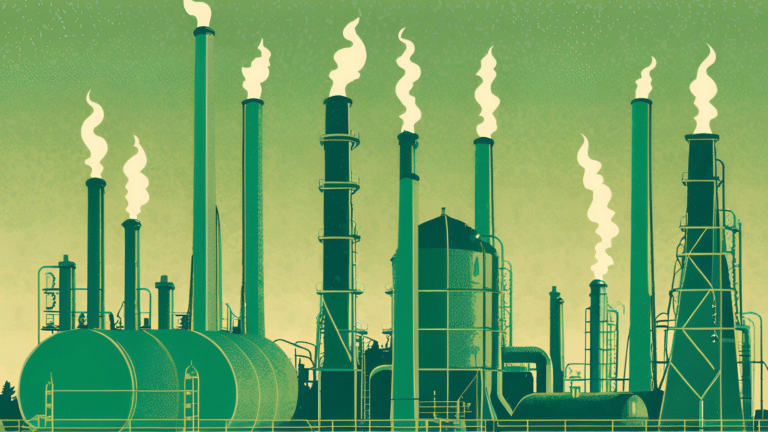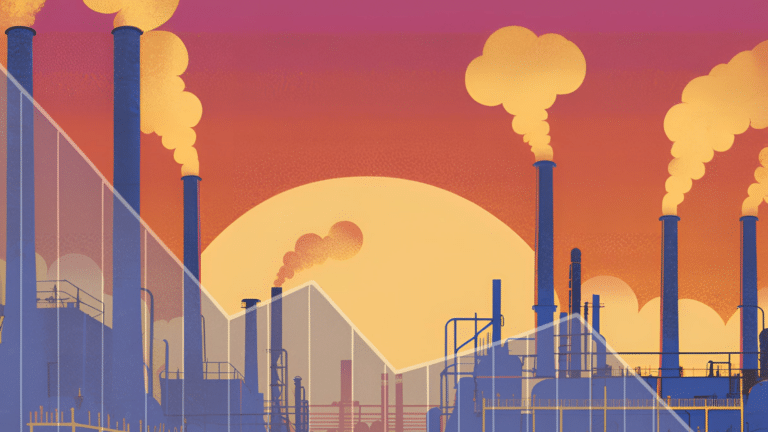Experts: What do Trump’s tariffs mean for global climate action?
The Trump administration has imposed tariffs on all imports from China, Mexico and Canada, as well as on steel, aluminium and cars from around the world
Current Access Level “I” – ID Only: CUID holders, alumni, and approved guests only
Reports by Daniel Raimi, Ron Minsk, Jake Higdon + 1 more • October 30, 2019
This report represents the research and views of the author. It does not necessarily represent the views of the Center on Global Energy Policy. The piece may be subject to further revision. Contributions to SIPA for the benefit of CGEP are general use gifts, which gives the Center discretion in how it allocates these funds. More information is available at Our Partners. Rare cases of sponsored projects are clearly indicated. For a full list of financial supporters of the Center on Global Energy Policy at Columbia University SIPA, please visit our website at Our Partners. See below a list of members that are currently in CGEP’s Visionary Annual Circle.
(This list is updated periodically)
Occidental Petroleum Corporation
Growth in US oil production has created substantial economic and energy security benefits for the nation. Over the course of a decade, new oil production has virtually eliminated the US trade deficit in petroleum and, in 2020, the Congressional Budget Office projects that US GDP will be 0.7% higher than it would have been without shale development. However, the rise in oil output has also expanded the number of communities closely tied to swings in crude prices—the boom and bust cycles that have confounded producers since the first commercial wells were spudded in the mid-19th century.
US oil producing regions enjoy significant economic growth during boom times, boosting state and local investment, employment, and household income. This growth often comes with its own challenges—such as strains on local housing, school, and infrastructure—which are amplified by uncertainty over when, and to what extent, prices and production will fall. When oil prices drop, local and state economies can face sharp declines, and decisions or investments made during the boom period may become obsolete. This volatility creates planning challenges for both the public and private sectors, along with substantial risks for residents of oil producing regions.
In this report for Columbia University’s Center on Global Energy Policy, the authors address whether the federal government can and should intervene to reduce the challenges associated with this volatility. In their research, the authors convened two expert workshops, reviewed the existing evidence, and analyzed a range of potential policy options. The report recommends a modest intervention: establishing a federal interagency Oil Volatility Advisory Board. The board would synthesize data on local economic, fiscal, and social conditions in producing communities. With this information, the board would play a coordinating role by connecting public and private institutions in producing regions with existing federal programs designed to manage near-term challenges and diversify local economies over the longer term. While this proposal is unlikely to eliminate all of the local challenges associated with oil price volatility, it could help smooth fluctuations, providing the basis for a higher quality of life along with more stable economic growth in producing regions.
The paper finds that:
Earlier this month, China convened its “two sessions”—the annual concurrent meetings of the National People’s Congress (NPC), China’s legislature, and the Chinese People’s Political Consultative Congress, a political...

During a speech at the World Economic Forum in Davos last month, President Donald Trump urged Saudi Arabia and OPEC to increase oil production to lower prices and exert...

China’s demand for oil, long an important driver of global oil demand growth, slowed dramatically during January–September 2024. Between 2000 and 2023, China accounted for 50 percent of...

Full report
Reports by Daniel Raimi, Ron Minsk, Jake Higdon + 1 more • October 30, 2019